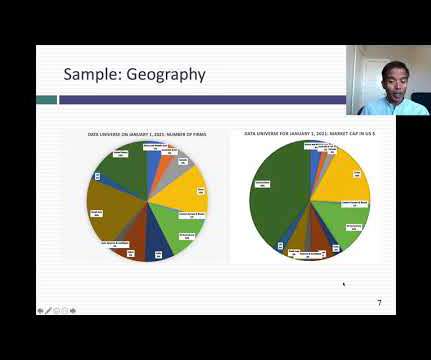Where Can FP&A Career Path Take You?
Fpanda Club
SEPTEMBER 2, 2021
The list of typical FP&A activities usually includes planning, budgeting, forecasting, analysis, management reporting and performance management. Forecasting is the practice of making regular predictions about the company’s expected future results based on the past and present data as well as on the anticipated future events.














Let's personalize your content